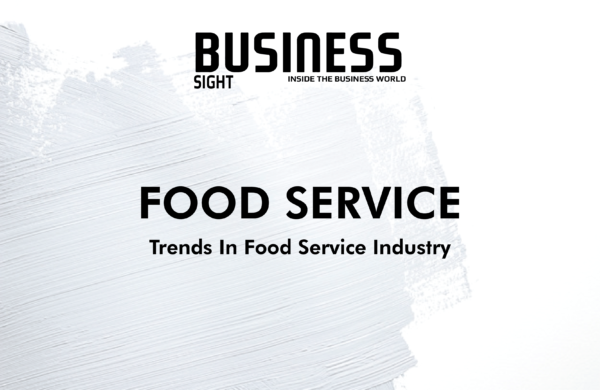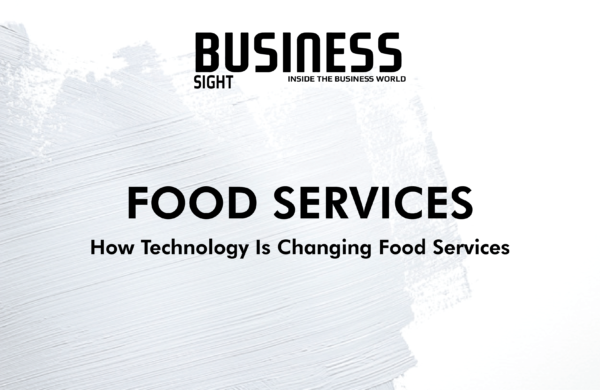It has been another rollercoaster year for the worldwide foodservice and hospitality sector as chefs enjoy a unique vantage point where restaurant trends are concerned. People are convinced that foodservice shapes the way we will eat in the future and it seems important to share with professionals in the industry both the weak and strong signals that are picking up and decrypting. Technology, sustainability and convenience are set to be the foodservice buzzwords for 2020 as population whose oversight of all that food coming in the back door and leaving out the front sets up a lens through which the rest of us might understand the bigger influences on what we eat.
Recent years have seen an increase in the consumption of plant-based products, not only by those on vegetarian and vegan diets but also by an overall shift toward reduction of meat consumption and there’s a huge push right now on plant-based cuisine, with vegetables getting knocked out of side-dish territory and onto the center of the plate. Plant-based products are growing in appeal among consumers outside of the vegan and vegetarian set and according to foodservice research firm Technomic, one of the key trends for 2020 will be a shift to more plant-based dining, which will not only mean swapping meat for veggies on menus but also plastic for compostable packaging. Modern chefs no longer merely acknowledge plant-based foods, but embrace them with lively innovation that both feeds and responds to diners’ interest in choosing vegetables over meat as more individuals seek to incorporate healthy meat alternatives into their diets, restaurants are responding with plant protein menu items that offer nutrition without compromising on taste. General awareness that we need to watch the amount of protein we’re consuming to be mindful of the planet.
Restaurant companies are banning plastic straws in an eco-friendly push to eliminate waste and pollution, and operators are making compostable, plant-based food packaging a priority because millennials and Generation Z like on-demand food but hate plastic waste putting restaurants on the frontline of change. Innovations like compostable packaging made serious headway in 2020 and will continue to do so over the coming year as veggies are moving to the center of the plate, while a growing number of meatless options are emerging on menus in a variety of formats, topping everything from flatbreads to salads. Technology amenities, from drone delivery to app-based checkout services, are redefining convenience and putting frictionless foodservice front and center while reports predict that sustainability is going to upend the economic model of the foodservice industry and maybe the most impactful trend in the coming years. Instagram and other photo-sharing apps have revolutionized the food industry and delivery has become a need to have and no longer a nice to have in the restaurant industry.
Restaurants have even created food and beverages with social media in mind but with Instagram Stories, Facebook Live and YouTube have extended the trend beyond what works in a single snapshot to what plays well through videos. Awareness has gone wild in the world from soil to stomach as wastage across the supply chain sees 1.3 billion tons of food thrown away every year. Here, zero-waste restaurants are leading and addressing the issue to make more sustainable business models to strengthen the industry.
Consumers and chefs are experimenting with a variety of straight-from-nature protein alternatives as consumers are aware of the close relationship between their diet and their health. The meat will get short shrift this year for more than just an amplified focus on vegetarian cuisine while the industry is responding to this concern, developing products and equipment aimed at eating a more natural and healthy diet. Novel proteins such as soldier flies, crickets and worms are making their way into restaurants’ ingredients lists and the market for insects in North America is expected to rise to $153.9M by 2023, up from $44.1M in 2018, according to reports.















